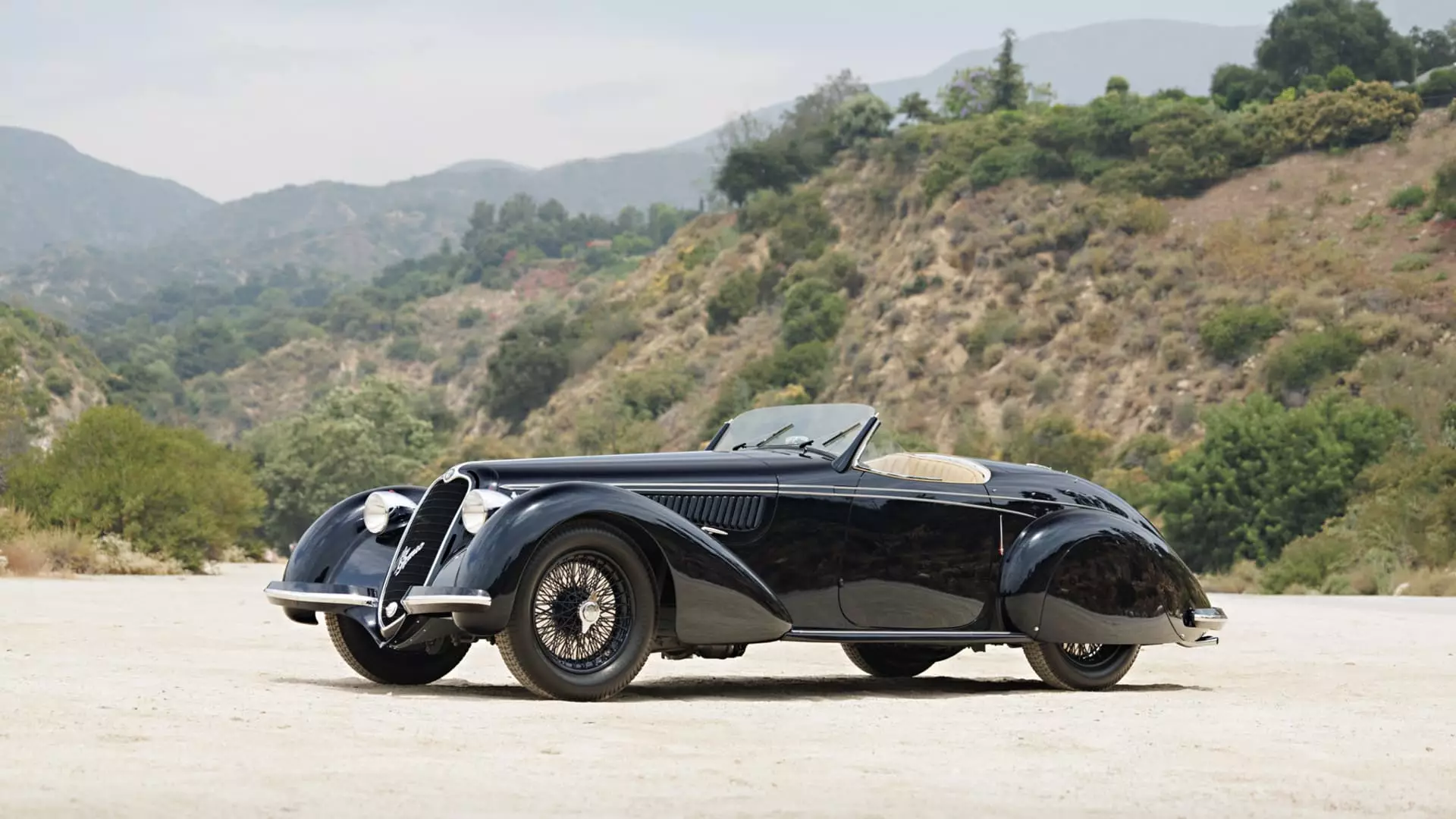The Monterey Car Week auction sales witnessed a 3% decline from the previous year, indicating a shift in preferences from older to newer cars. The total sales at five prestigious car auctioneers in Monterey, namely RM Sotheby’s, Broad Arrow, Gooding & Company, Mecum, and Bonhams, dropped to $391.6 million this year from $403 million in 2023. This downward trend follows a 14% decline from the peak year of 2022. Out of the 1,143 cars put up for sale, only 821 were sold, resulting in a 72% sell-through rate. The average sale price of cars also saw a slight decrease this year to $476,965 compared to last year’s $477,866.
Despite the decline in sales, experts suggest that affluent collectors still have ample funds to spend, buoyed by the recent uptick in the stock market. However, the types of cars garnering attention have been undergoing a notable shift. An oversaturation of similar classic cars across multiple auctions has led to weakened prices and sales. The founder of Kidston, Simon Kidston, remarked on the excessive homogeneity in the offerings, questioning whether the sellers had adequately differentiated their consignments or if they were merely vying for the attention of the same pool of buyers.
A discernible trend has emerged with a new cohort of collectors, mainly comprising Gen Xers and millennials, displaying a preference for cars hailing from the 1980s, 1990s, and 2000s. In contrast, classic cars from the 1950s and 1960s, which had long been the mainstay of the market and appealed to baby boomers, are now struggling to find buyers. The sell-through rate for cars older than 1981 priced at $1 million or more was a frail 52%, underscoring the waning interest in vintage models among contemporary collectors. Alternatively, cars less than four years old boasted a more robust sell-through rate of 73%, signaling the changing landscape with younger enthusiasts taking the lead.
The divergence in values between older and newer cars has accelerated, with indices reflecting this trend. Hagerty’s Supercar Index, encompassing sports cars from the 1980s to the 2000s, has surged by over 60% since 2019, while the Blue Chip Index, representing 1950s and 1960s classics like Corvettes, Ferraris, and Jaguars, has experienced a 3% decline. Despite a few rare masterpieces still commanding high prices, the broader market is witnessing a transition as older collectors divest or downsize their collections. This changing of the guard is poised to impact prices of vintage cars for years to come, emphasizing the need for adaptability in the classic car auction realm.
In addition to shifting collector preferences, external factors such as high-interest rates are exerting pressure on the classic car market. Financing had been a common practice among buyers to acquire cars and expand their collections, particularly at the lower end of the market. However, escalating rates have heightened the opportunity cost of investing in classic cars. The allure of potential earnings from other investment avenues at higher interest rates has prompted collectors to rethink their purchasing decisions. This financial aspect, coupled with evolving tastes and generational shifts, underscores the complex interplay of factors shaping the classic car auction landscape.

